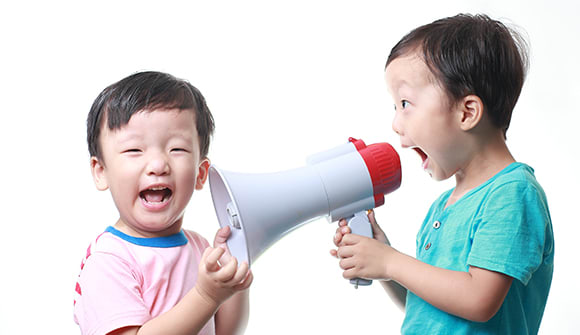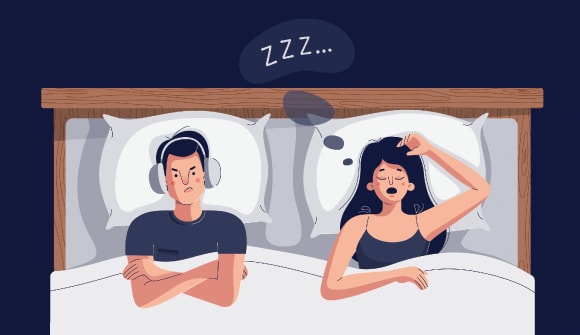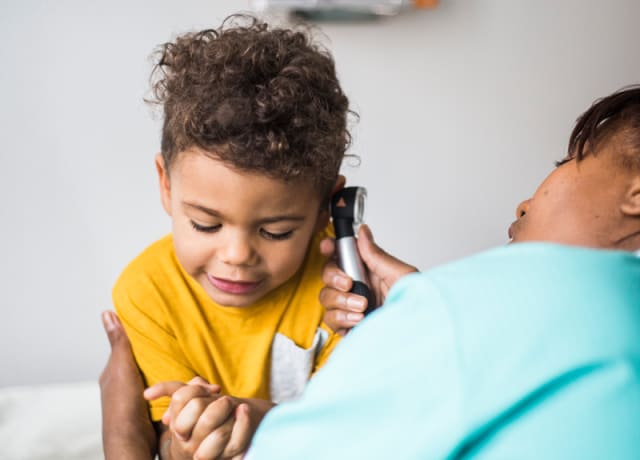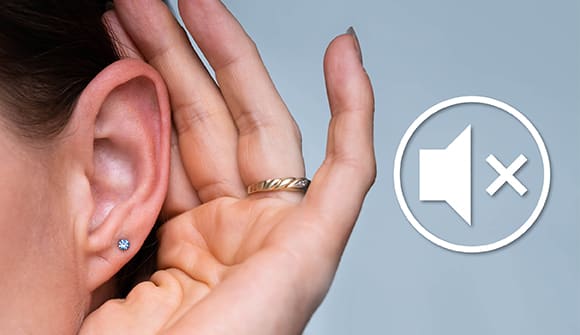Holiday cheer may hurt little ears
Noise from toys can be comparable to noise from power tools, leaving kids vulnerable to hearing loss.
Article Author: Vikki Mioduszewski
Article Date:

There’s nothing more exciting for a child than getting a new toy or game. But all that buzzing, zapping and pinging could damage a child’s hearing.
Children and teens exposed to loud sounds for long periods of time are at risk for noise-induced hearing loss.
“The best way to prevent noise-induced hearing loss is to avoid exposure to excessive noise,” said Angela Black, MD, a pediatric ear, nose and throat physician with Nemours Children’s Health and Wolfson Children's Hospital. “Loud noise can cause hearing loss, and the damage can be permanent.”
Sound levels are measured in decibels. The higher the decibel number, the louder the sound. According to the National Institutes of Health, repeated exposure to sound over 85 decibels can cause permanent hearing loss. A noisy restaurant, heavy traffic, and power lawnmower produce sounds around 85 decibels. Using devices with earphones at maximum volume can generate more than 100 decibels, loud enough to cause permanent hearing damage.
Dr. Black, who sees patients at Nemours and Wolfson Children’s Hospital of Jacksonville, and also at the Wolfson Children's Specialty Center in Lake City, recommends parents pay attention to the sound levels in their children’s activities.
“To protect your child’s hearing, listen to the sound before purchasing a toy or game, and limit the amount of exposure,” said Dr. Black. “You can measure how loud a toy is with a decibel meter or an app on your phone.”
Animated toys are one of the most common ways young children are exposed to excessive noise. Although they are designed to stimulate children, many toys can be dangerously loud. Some toys, including rattles, squeaky toys and musical toys, have been reported to emit sounds measuring over 110 decibels, which is comparable to power tools.
When purchasing toys, look for ones with volume control or an off/on button. Remove the batteries or cover the speaker with tape to reduce the sound.
“Lower the volume when possible,” said Dr. Black. “If you can hear a child’s device from across a room, it’s too loud.”
For older children and teens, potential sources of extreme noise volume include listening to music, playing computer games and using headphones. Dr. Black recommends parents set a limit for how long children can listen to music or play video games and how loud they can turn up the volume.
When using headphones or earbuds, listen at half the maximum volume and limit exposure to no more than 30 minutes in an eight-hour period. If available, limit a device’s maximum sound volume and lock it in place through a parental control setting. If the device is not equipped with this feature, there are several app options available online.
“When it comes to loud sound, the general rule is the greater the volume, the shorter the acceptable duration,” said Dr. Black. “Listening to music too loud, for several hours a day, will result in inevitable hearing loss.”
If you have questions about protecting your child’s hearing, the specialists at Wolfson Children’s Hospital encourage you to discuss with your pediatrician. To make an appointment with a pediatric otolaryngologist with Nemours Children's Health, call 904.697.3600.



